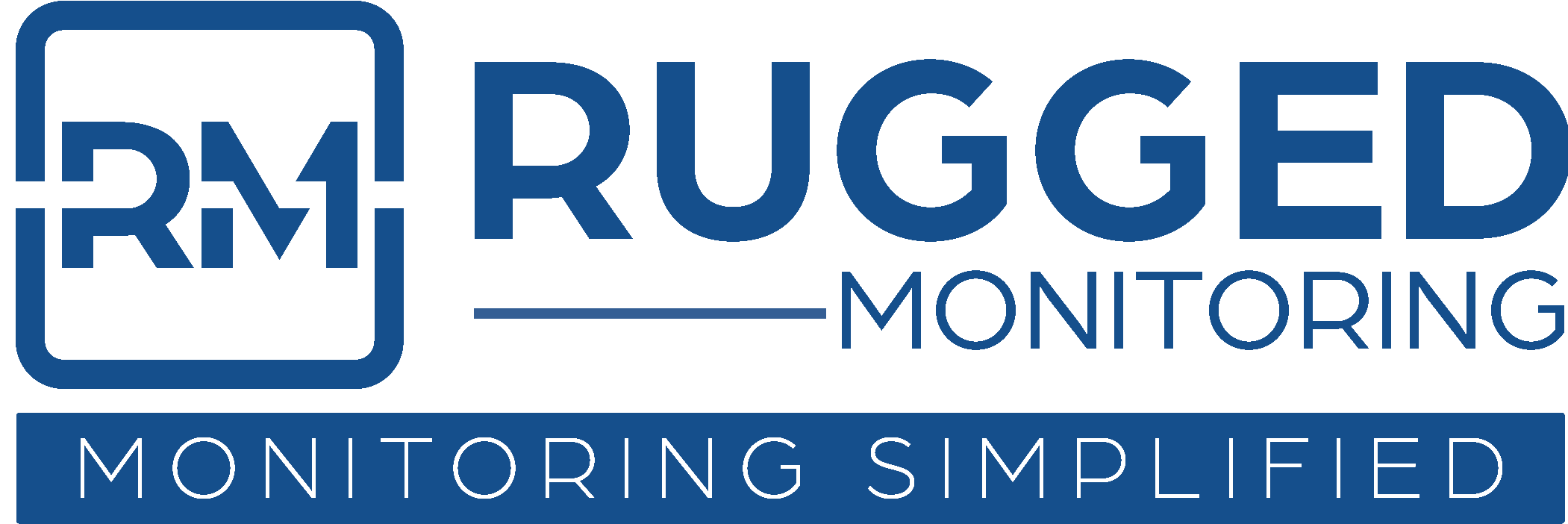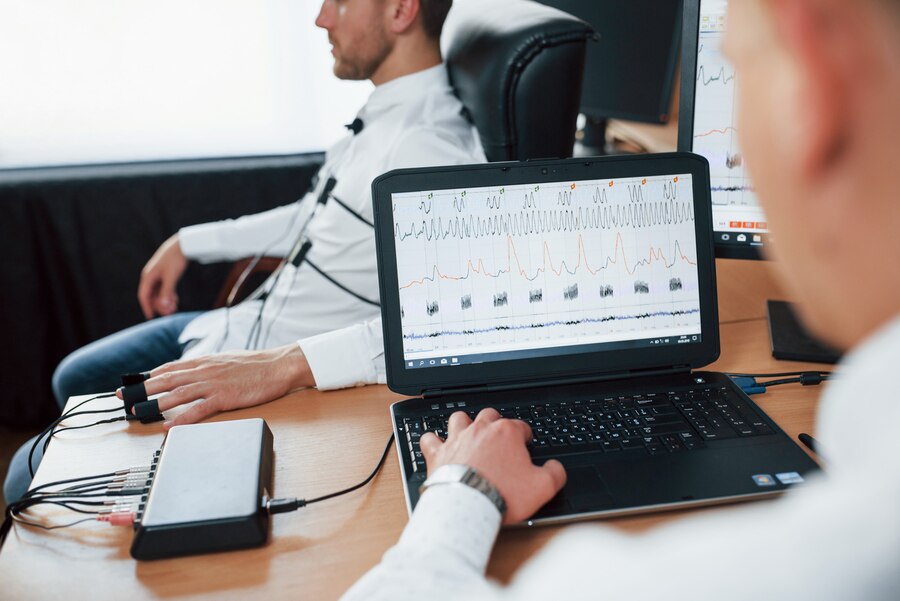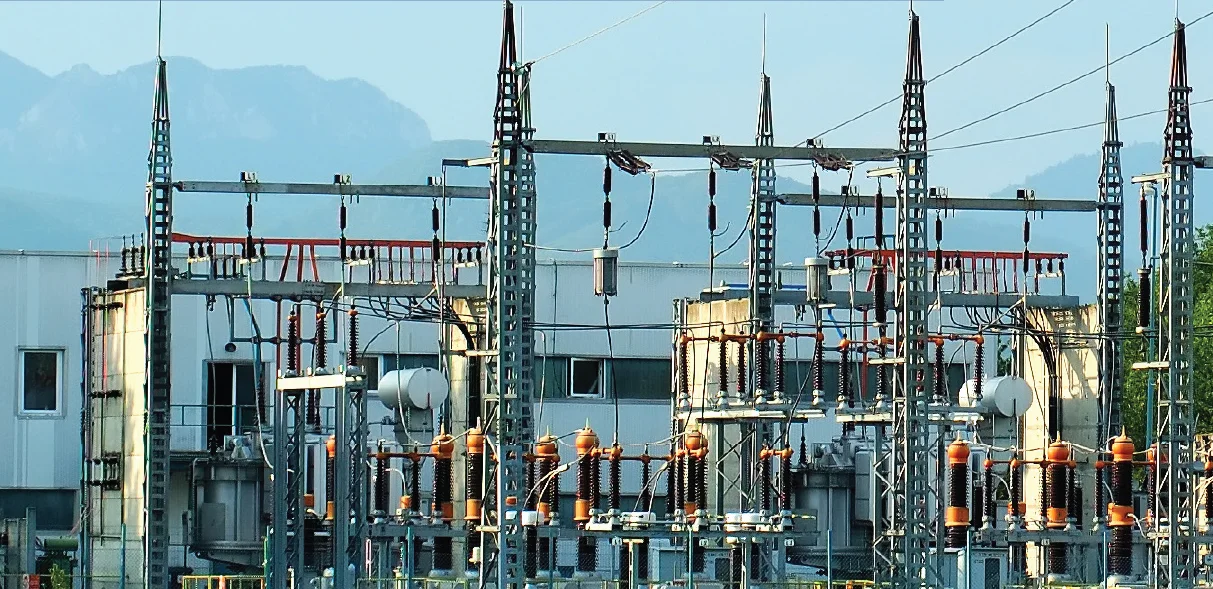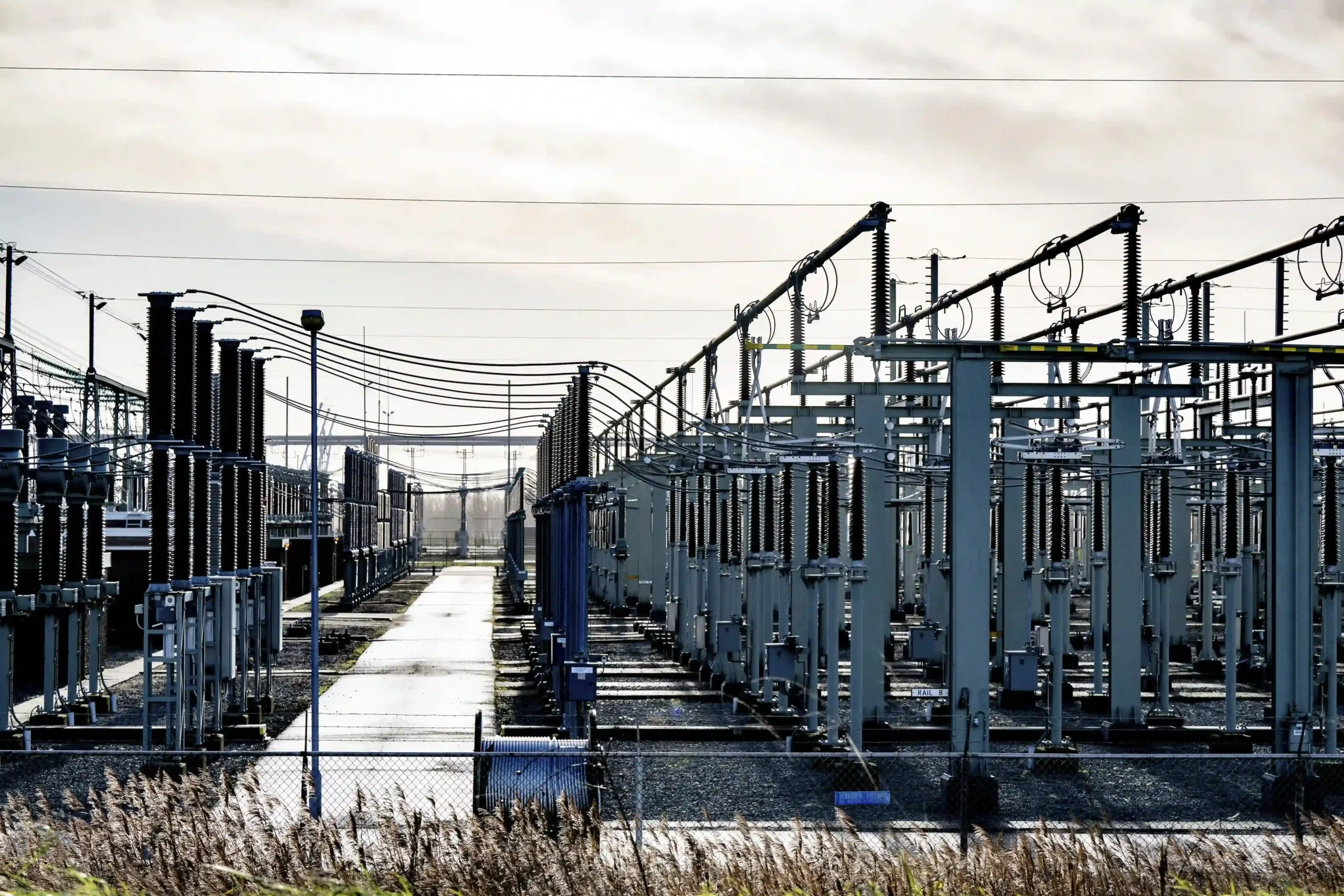Introduction:
In the sophisticated world of electrical asset management, safeguarding the reliability and longevity of electrical equipment stands paramount. At the nucleus of this protective shield is the strategy of “Partial Discharge Monitoring,” an indispensable tool that plays a pivotal role in circumventing untimely and costly electrical asset failures. This article dives deep into the mechanisms of partial discharge monitoring and elucidates how it serves as a critical component in preventing electrical asset failures, catering to a wide array of professionals including electrical engineers, facility managers, utility companies, and many others.
The Core Mechanism of Partial Discharge Monitoring
Partial discharge is a phenomenon where localized electrical discharges occur in a portion of the electrical insulation, which is subjected to high voltage stress. These discharges are often a precursor to impending electrical faults. Grasping the fundamental workings of partial discharge is crucial for enacting proactive maintenance tactics and guaranteeing the safety and longevity of electrical assets. The complex analysis of these discharge patterns allows for the timely detection of faults, helping in averting catastrophic failures.
In the realm of asset management, understanding the core mechanism of partial discharge monitoring is fundamental. This process, integral to electrical asset monitoring software, serves as the linchpin in preserving and enhancing the operational viability of electrical infrastructures globally. Tailored to meet the needs of electrical engineers, maintenance managers, facility managers, and a plethora of other professionals, this technique unequivocally stands as the cornerstone in preventing electrical asset failures.
Partial Discharge Phenomenon Explained
Partial discharge is a process that occurs when electrical insulation within an electrical unit begins to break down, causing a discharge that only partially bridges the insulation between conductors. This phenomenon, often a harbinger of potential system failures, necessitates keen monitoring. The deep-rooted analysis facilitated by state-of-the-art monitoring software provides a vantage point to observe and record these discharges, allowing for prompt intervention and thereby averting substantial failures and subsequent losses.
Following are the key benefits realised by implementing partial discharge monitoring for the electrical assets.
Integrating with Electrical Asset Monitoring Software
Harnessing the potential of partial discharge monitoring through integration with electrical asset monitoring software is a vital strategy adopted by numerous industries. This software enables continuous surveillance, adept at capturing the minutest variations, and flags potential areas of concern. Moreover, this integration fosters a proactive approach, offering predictive insights that are crucial for planning maintenance activities and avoiding unplanned downtimes, thus significantly extending the lifespan of electrical assets.
Early Detection of issues
The ability of Partial Discharge (PD) monitoring to detect potential problems in their nascent stages is a game-changer in ensuring the reliability of electrical assets. Through continuous vigilance, PD technology hones in on even the slightest discharge activities within the insulation or on the surface of equipment. These initial signs of trouble might go unnoticed through conventional inspections. However, with PD monitoring in place, they are captured and flagged promptly.
This early warning system serves as a critical advantage. It allows maintenance teams to step in proactively, addressing these minor issues before they have the chance to escalate into major failures. This preemptive approach not only prevents costly downtime but also averts potentially catastrophic equipment breakdowns. Essentially, PD monitoring acts as a sentinel, tirelessly watching over the health of electrical assets and providing a crucial line of defense against unforeseen disasters.
Data-Driven Decision Making
The seamless amalgamation of partial discharge monitoring with sophisticated software solutions emboldens organizations to make data-driven decisions. These platforms offer analytical insights and real-time data visualization, facilitating a more nuanced approach to asset management. By harnessing this data, facility and energy managers, alongside other stakeholders, can anticipate potential issues, strategize on preventive measures, and thus play a pivotal role in preventing electrical asset failures.
Application in Diverse Sectors
The application of partial discharge monitoring transcends industrial boundaries, finding utility across a diverse range of sectors including government agencies, educational institutions, and research institutions. Its multifaceted nature allows for a comprehensive approach to asset management, catering to the nuanced needs of different sectors, thereby forming a critical component in the toolkit of professionals aiming to maintain the health and longevity of electrical assets.
Industry Standards and Compliance
In light of the critical role that partial discharge monitoring plays, it has been embraced by industry standards and government regulations as a vital metric in evaluating the health of electrical assets. Adhering to these standards not only safeguards assets but also ensures compliance with regulatory mandates, reinforcing the commitment to maintaining safety and operational efficiency at the forefront of industry practices.
In leveraging the capabilities of partial discharge monitoring, companies can unequivocally foster a culture of excellence and foresight in managing their electrical assets, thereby standing at the vanguard of industry innovation and safety.
Utility in Various Sectors
The applications of partial discharge monitoring are vast, assisting various sectors in maintaining electrical asset health. Utility companies, industrial plant managers, and energy managers benefit immensely as this monitoring allows for informed decision-making processes, ensuring operational continuity and efficiency. It acts as a cornerstone in the preventive maintenance strategies adopted by these sectors, thereby enhancing the reliability of electrical assets and reducing the chances of unforeseen downtimes.
In the complex landscape of asset management, the utility of partial discharge monitoring in various sectors cannot be overstated. Aiding in preventing electrical asset failures, this monitoring technique has revolutionized how companies approach the health and longevity of their electrical systems. In this section, we delineate how partial discharge monitoring is making significant strides across diverse sectors, providing a potent tool in the arsenal of electrical engineers, facility managers, utility companies, and a myriad of other industry professionals.
Addressing Unique Challenges Across Industries
The implementation of partial discharge monitoring is indeed a cornerstone in electrical asset monitoring, adapting seamlessly to meet the unique demands across various sectors. Be it utility companies monitoring extensive power networks or industrial plant managers safeguarding critical equipment, this technique offers tailored solutions that address the distinct challenges encountered in different industries. It serves as a vigilant watchdog, ensuring optimal operation while mitigating the risks associated with electrical asset failures.
Facilitating Predictive Maintenance Strategies
As sectors evolve, so does the necessity for strategies that are both preventative and predictive in nature. Partial discharge monitoring is at the forefront of this evolution, aiding energy and maintenance managers in adopting predictive maintenance strategies. This not only ensures the prolonged life of electrical assets but also guarantees efficiency and safety, thereby fostering a proactive approach towards asset management.
Empowering Safety Inspectors and Consultants
For safety inspectors, consultants, and contractors, the reliance on data and factual insights has never been more pronounced. Partial discharge monitoring provides a rich repository of actionable data, enabling these professionals to assess the health of electrical assets with precision and accuracy. Through the continuous monitoring and analysis facilitated by electrical asset monitoring software, they are empowered to make informed decisions, averting potential hazards and endorsing safety protocols that are data-driven and effective.
Software Integration and Analytical Insights
Integrating partial discharge monitoring into electrical asset monitoring software unveils a wealth of analytical insights. These platforms facilitate real-time monitoring and data analysis, offering a comprehensive overview of the health status of electrical assets. Furthermore, the integration with software allows for seamless reporting and data visualization, enabling stakeholders to make data-driven decisions swiftly, a critical feature for safety inspectors, consultants, and contractors.
In a domain where precision and real-time data analysis are vital, the integration of partial discharge monitoring within electrical asset monitoring software stands as a technological beacon, fundamentally redefining the methodologies employed to prevent electrical asset failures. As industries strive for optimum efficiency and safety, delving into the analytical insights provided by this integration is essential. This subheading explores the dynamic interplay between software integration and analytical insights, illuminating the path for professionals in the electrical asset monitoring space, including electrical engineers, utility companies, maintenance managers, and other industry experts.
Technological Synergy: Bridging Monitoring and Analysis
Electrical asset monitoring software provides a robust platform where partial discharge monitoring can be fully realized. It harmoniously integrates the monitoring processes with advanced analytical tools, offering a comprehensive solution to the multifaceted challenges encountered in asset condition monitoring. This synergy enables a seamless transition from data acquisition to insightful analysis, allowing companies to craft well-informed strategies that resonate with the overarching goal of preventing electrical asset failures.
Real-Time Monitoring and Alert Mechanisms
The advent of real-time monitoring through electrical asset monitoring software has significantly heightened the capabilities of partial discharge monitoring. This functionality not only facilitates continuous surveillance of asset conditions but also embodies an intelligent alert mechanism. This system is adept at identifying potential areas of concern promptly, empowering facility and energy managers to undertake timely interventions, thus significantly curtailing the risk of asset failures.
Harnessing Big Data for Predictive Analysis
Big data stands as a cornerstone in electrical asset monitoring, providing a foundation upon which predictive analysis is built. Through the assimilation and analysis of extensive data sets, the software offers a panoramic view of the asset’s health, enabling a proactive approach to maintenance and management. This analytical capability is especially advantageous for safety inspectors and consultants, providing them with data-driven insights to anticipate potential issues and formulate preventive measures..
Customized Reporting and Decision-Making Support
The integration of partial discharge monitoring within software platforms also ushers in the era of customized reporting. It allows stakeholders to generate detailed reports that encapsulate critical data points and trends, fostering an environment where data-driven decision-making thrives. Moreover, this feature supports various stakeholders including government agencies and research institutions, aiding in regulatory compliance and fostering collaborative research opportunities.
API Integrations and Scalable Solutions
As industries evolve, the need for scalable solutions becomes imperative. Electrical asset monitoring software addresses this requirement through API integrations, offering a flexible and scalable solution that can adapt to changing industry dynamics. This adaptability ensures that the software remains a reliable tool in the toolkit of professionals, aiding in the continual effort towards preventing electrical asset failures and fostering a culture of innovation and safety.
Through the adept integration of partial discharge monitoring within electrical asset monitoring software, industries are not only equipped to monitor the health of their assets with enhanced precision but are also positioned at the forefront of technological advancements, setting a benchmark in asset management excellence.
Software Developers: Bridging Theory and Application
Software developers are finding a fertile ground in this domain, working in tandem with educational and research entities to create sophisticated solutions that cater to the nuanced needs of the industry. Through the incorporation of analytical insights and innovative features, developers are crafting platforms that seamlessly integrate partial discharge monitoring, providing tools that are both powerful and user-friendly, facilitating effective asset condition monitoring across various sectors.
Setting Benchmarks for Safety and Efficiency
Governments globally are setting benchmarks that emphasize safety and efficiency in electrical asset management. These benchmarks are intricately aligned with the capabilities of partial discharge monitoring, advocating for a systematic approach that leverages technological advancements to prevent electrical asset failures. By adhering to these standards, companies are not only complying with regulatory norms but also aligning their operations with best practices that ensure safety and operational efficiency.
Promoting Sustainable Practices through Partial Discharge Monitoring
Sustainability stands as a core tenet in government initiatives surrounding electrical asset management. Through regulatory frameworks, governments are encouraging companies to adopt partial discharge monitoring, a step that is synonymous with sustainable management practices. This approach aids in reducing the potential hazards associated with asset failures, thus promoting a culture of responsibility and foresight in asset management.
Conclusion
In conclusion, partial discharge monitoring stands as a bulwark in preventing electrical asset failures. Its pivotal role in safeguarding electrical assets, paired with its wide-ranging applications across various sectors, makes it an indispensable tool in the contemporary electrical asset management landscape. As it continues to evolve with advancements in technology, embracing this monitoring technique is not just a prudent choice, but a requisite one for industries aiming at sustainable and safe operations.





